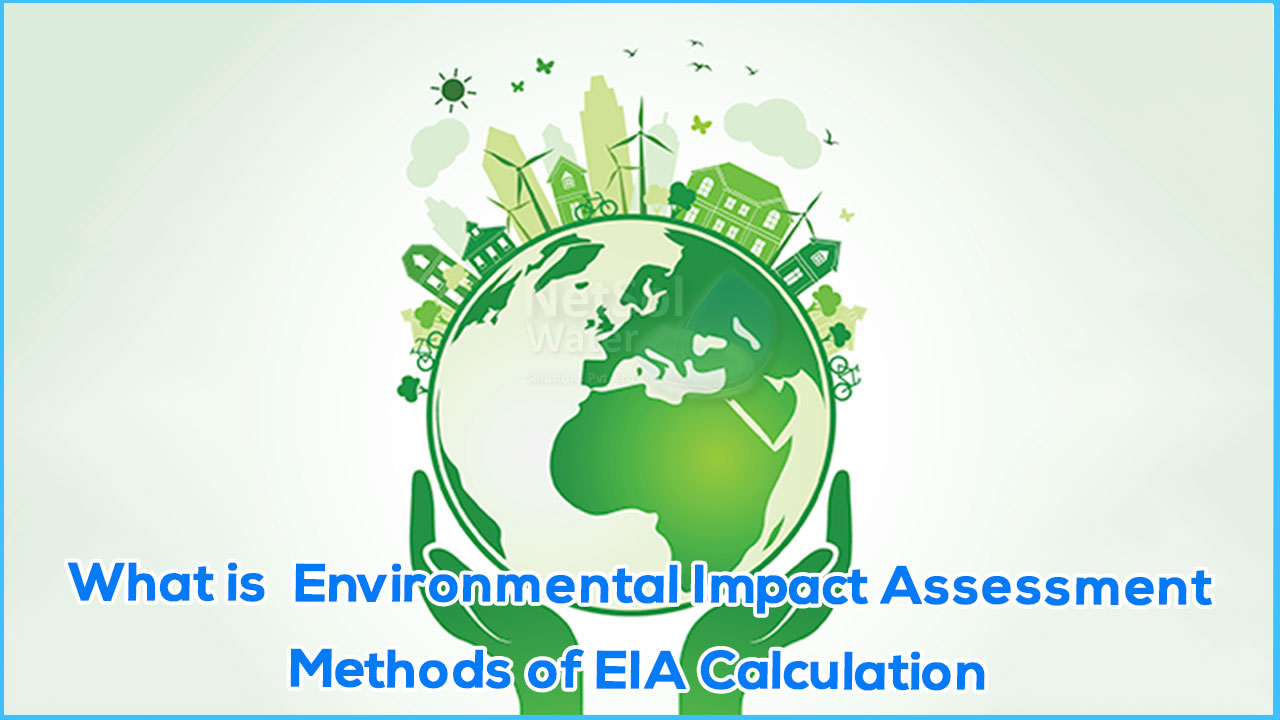What is Environmental Impact Assessment?
Assessment of impact of any activity on environment is called Environmental Impact Assessment. This assessment can be quantified either before or after implementation of the project. So, EIA gives us the data of predicted damage to the environment by certain project. This knowledge helps in defining the changes required in the plan to make it a sustainable project or in case of a project that is already there, suggest remedial measures which can make the project sustainable.
EIA is not just limited to environmental impact but also accounts socio economic, cultural, and human health impacts.
Method of EIA calculation
The following steps are followed to calculate EIA
- 1. Screening – Screening of project plan for location, area, type of project and its effect on surrounding area.
- 2. Scoping – The impact of project on its location , zone , nearby areas and possible mitigation methods
- 3. Collection of base line data - Base line data is environmental status of the area.
- 4. Mitigation measures – The best possible mitigation method
- 5. EIA report – This report gives the actual forecasted effects and how they can be mitigated to cause little to no damage to the environment.
- 6. Public Hearing – This is a major step of any project , to inform and keep the public residing nearby to the location in confidence and consulting them
- 7. Decision - Impact Assessment Authority along with the experts consult the project-in- charge along with consultant to take the final decision, keeping in mind EIA and EMP (Environment Management Plan).
- 8. Monitoring and implementation of the environmental management plan: The different phases of the project implementation are monitored.
- 9. Assessment of Alternatives, Delineation of Mitigation Measures and Environmental Impact Assessment Report: For each undertaking, viable options ought to be identified, and environmental attributes compared.
- 10. Once options had been reviewed, a mitigation plan ought to be drawn up for the chosen choice and is supplemented with an Environmental Management Plan (EMP) to manual the proponent in the direction of environmental improvements.
- 11. Risk assessment- Inventory evaluation and risk possibility and index additionally shape a part of EIA procedures.
Stakeholders of the EIA project
- 1. Those who recommend the undertaking
- 2. The environmental representative who put together EIA on behalf of undertaking proponent Pollution Control Board (State or National)
- 3. Public
- 4. The Impact Assessment Agency
- 5. Regional Centre of the MoEFCC



